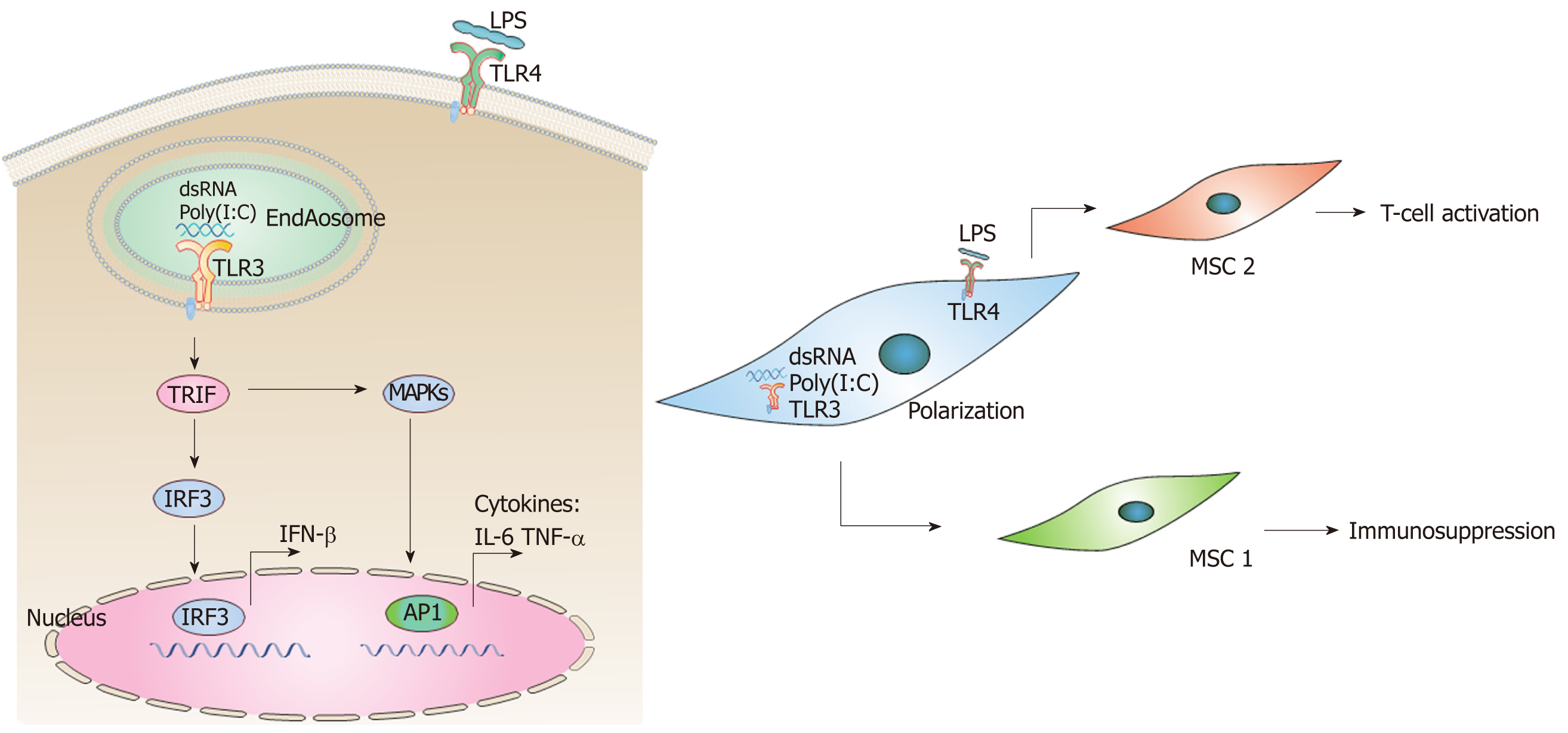Copyright
©The Author(s) 2019.
World J Stem Cells. Feb 26, 2019; 11(2): 55-72
Published online Feb 26, 2019. doi: 10.4252/wjsc.v11.i2.55
Published online Feb 26, 2019. doi: 10.4252/wjsc.v11.i2.55
Figure 1 Genetic and environmental risk factors for autism spectrum disorders.
Genetic risk factors for autism spectrum disorder (ASD) including: important candidate genes, immune-related genes (such as MHC), epigenetics, and family history of autoimmune disease. Prenatal infection, maternal exposure to drugs, prenatal stress, advanced parental age, zinc deficiency, and abnormal melatonin synthesis are important environmental risk factors for ASD. ASD children exhibit social communication deficits and repetitive behavior. Brain dysfunction and physiological abnormalities are observed in ASD patients and animal models. RELN: Reelin; GABRB3: Gamma-aminobutyric acid type-A receptor beta3 subunit; OXTR: Oxytocin receptor; SLC6A: PTEN: Phosphatase and tensin homolog; FMR1: Fragile X mental retardation 1; TSC1/2: Tuberous sclerosis 1/2; MECP2: Methyl CpG binding protein 2; MHC: Major histocompatibility complex; AT: Autoimmune thyroiditis; RA: Rheumatoid arthritis; MIA: Maternal immune activation; LPS: Lipopolysaccharide; SSRI: Selective serotonin reuptake inhibitors; VPA: Valproic acid.
Figure 2 Poly(I:C)-toll-like receptor 3 signaling pathway and polarization of mesenchymal stem cells.
A: Poly(I:C)-induced toll-like receptor 3(TLR3) signaling pathway. TLR3 recognizes dsRNA analog poly(I:C) in the endosomes and initiates signaling by TRIF, leading to activation of IRF3 and induction of IFN-β. TRIF-dependent signaling pathway also induces activation of MAPKs and AP-1, and culminates in the production of inflammatory cytokines, such as IL-6 and TNF-α; B: Polarization of MSCs into MSC1 (M1 type with a proinflammatory response) and MSC2 cells (M2 type with an anti-inflammatory response) as a result of activation of TLR3 and TLR4 respectively. Poly(I:C): polyinosinic–polycytidylic acid; dsRNA: Double-stranded RNA; TLR3: Toll-like receptor 3; TLR4: Toll-like receptor 4; TRIF: Toll–IL-1 receptor domain-containing adaptor inducing IFN-β; IRF3: Interferon regulatory factor 3; MAPKs: Mitogen-activated protein kinases; AP1: Activator protein 1; IFN-β: Interferon β; IL-6: Interleukin 6; TNF-α: Tumor necrosis factor α; LPS: Lipopolysaccharide.
- Citation: Liu Q, Chen MX, Sun L, Wallis CU, Zhou JS, Ao LJ, Li Q, Sham PC. Rational use of mesenchymal stem cells in the treatment of autism spectrum disorders. World J Stem Cells 2019; 11(2): 55-72
- URL: https://www.wjgnet.com/1948-0210/full/v11/i2/55.htm
- DOI: https://dx.doi.org/10.4252/wjsc.v11.i2.55










